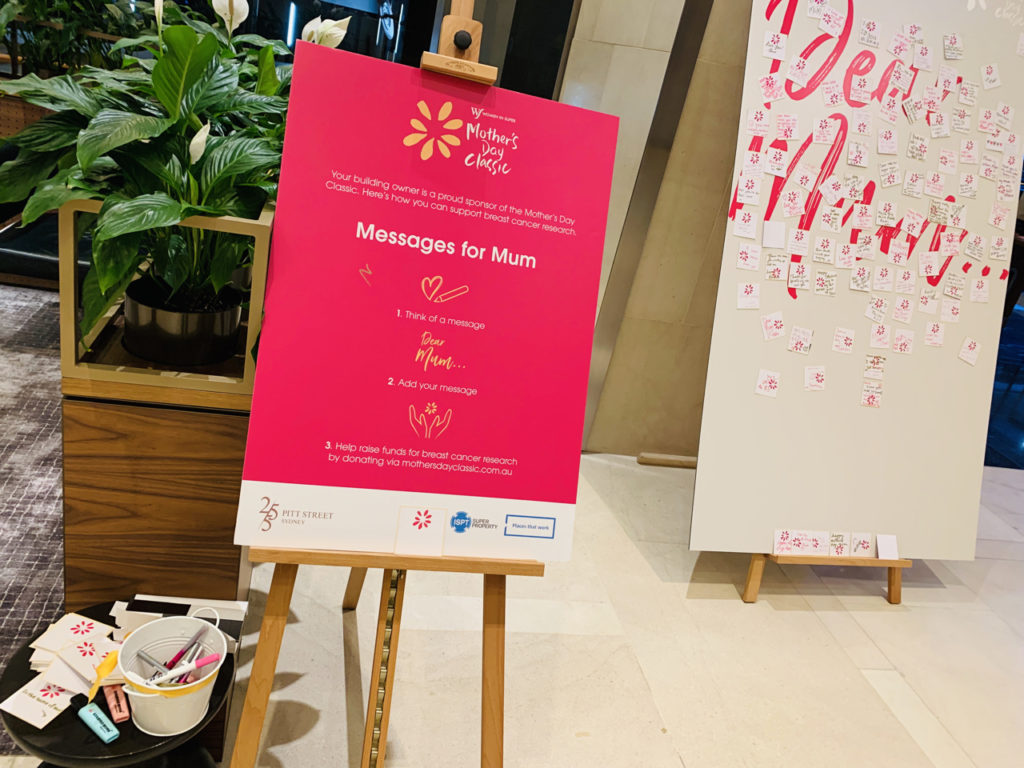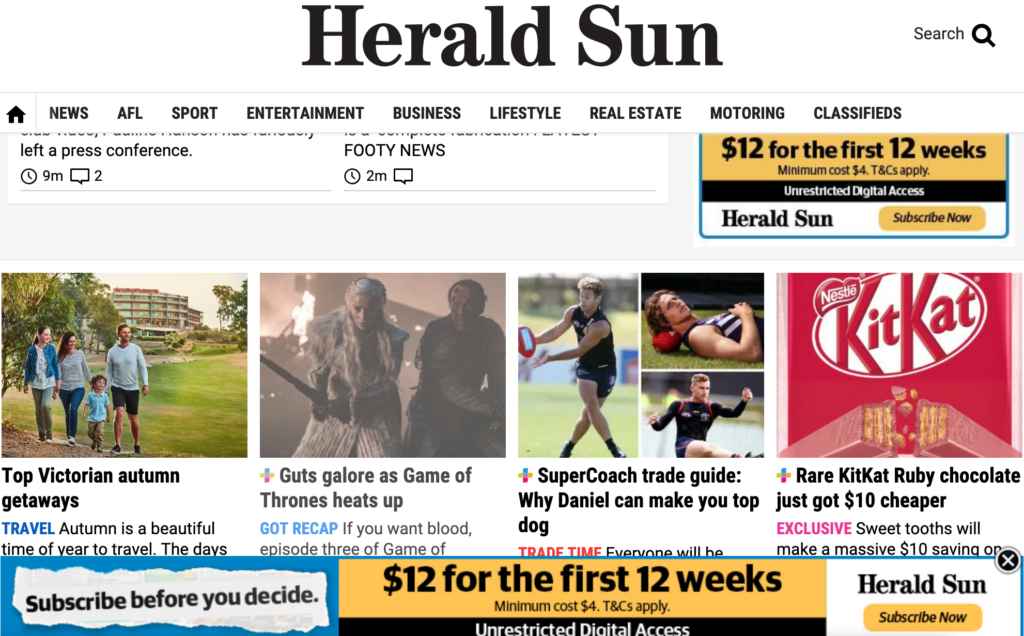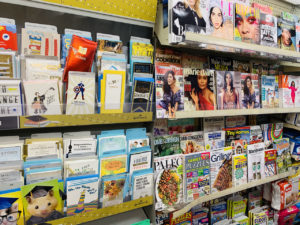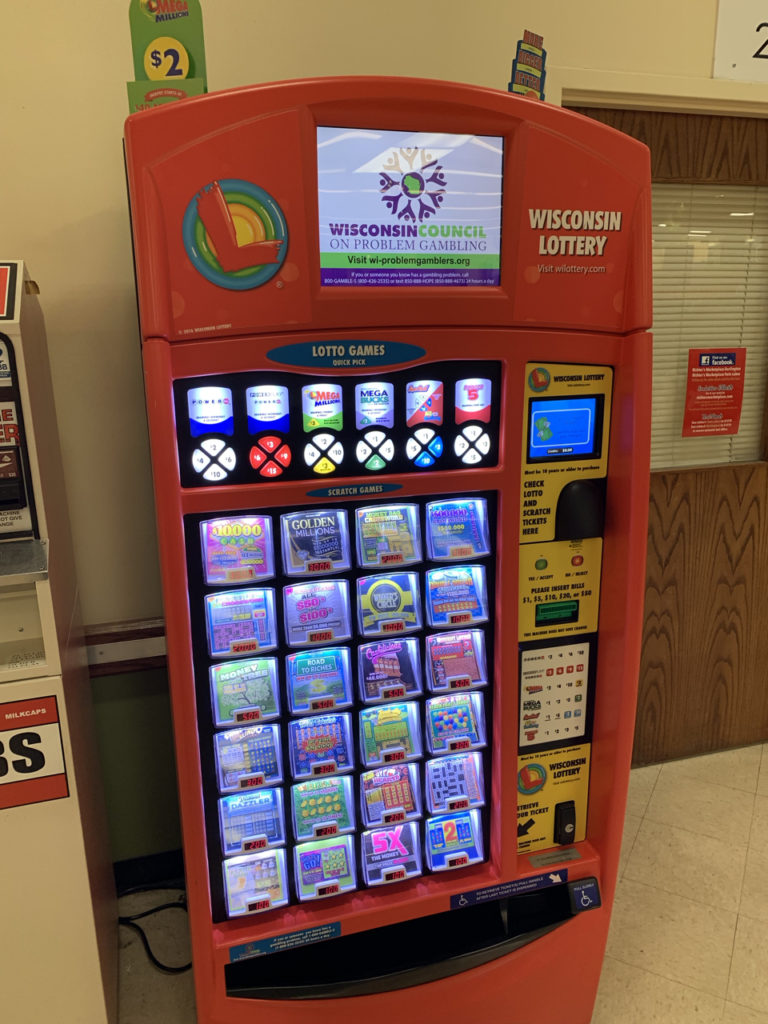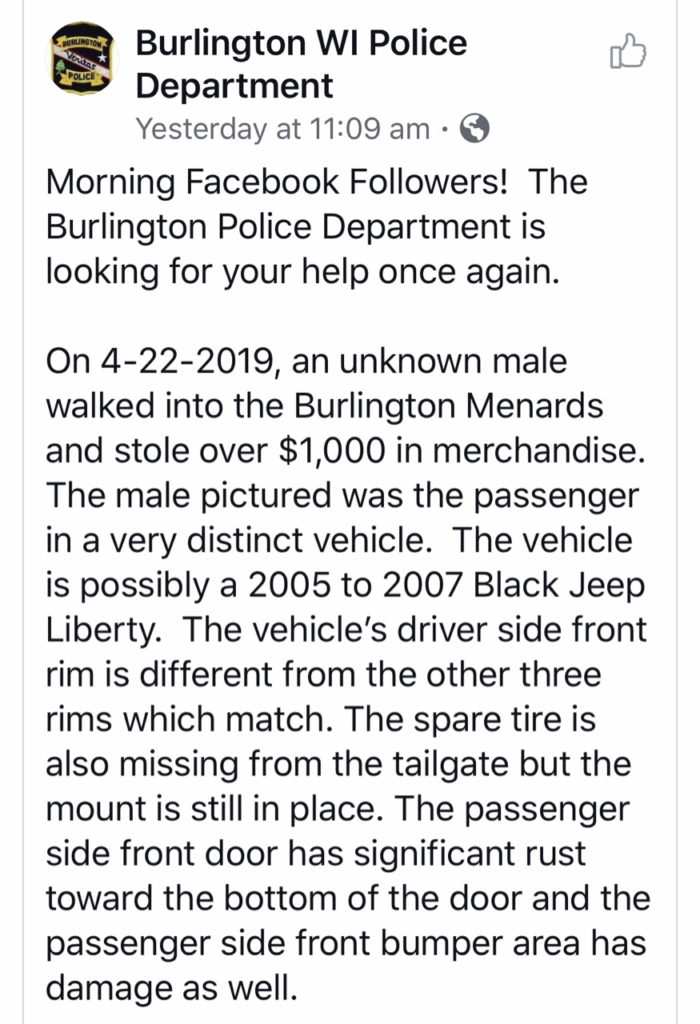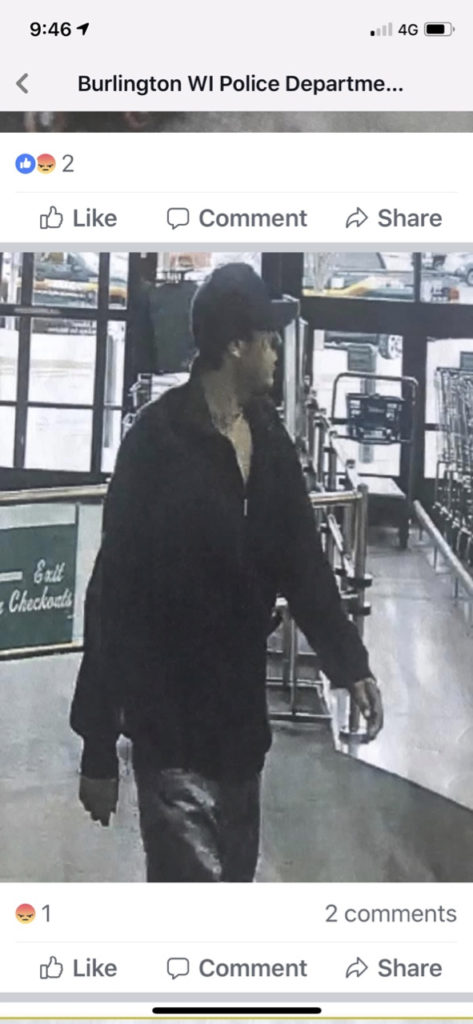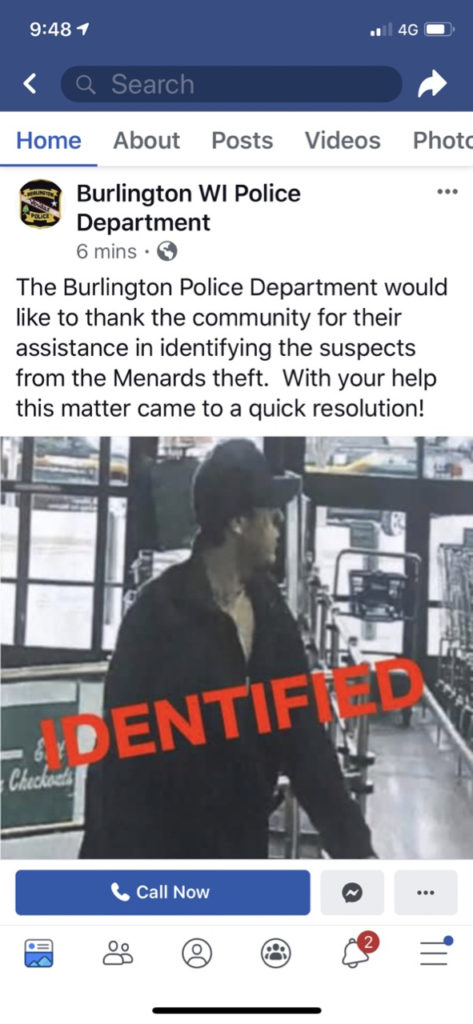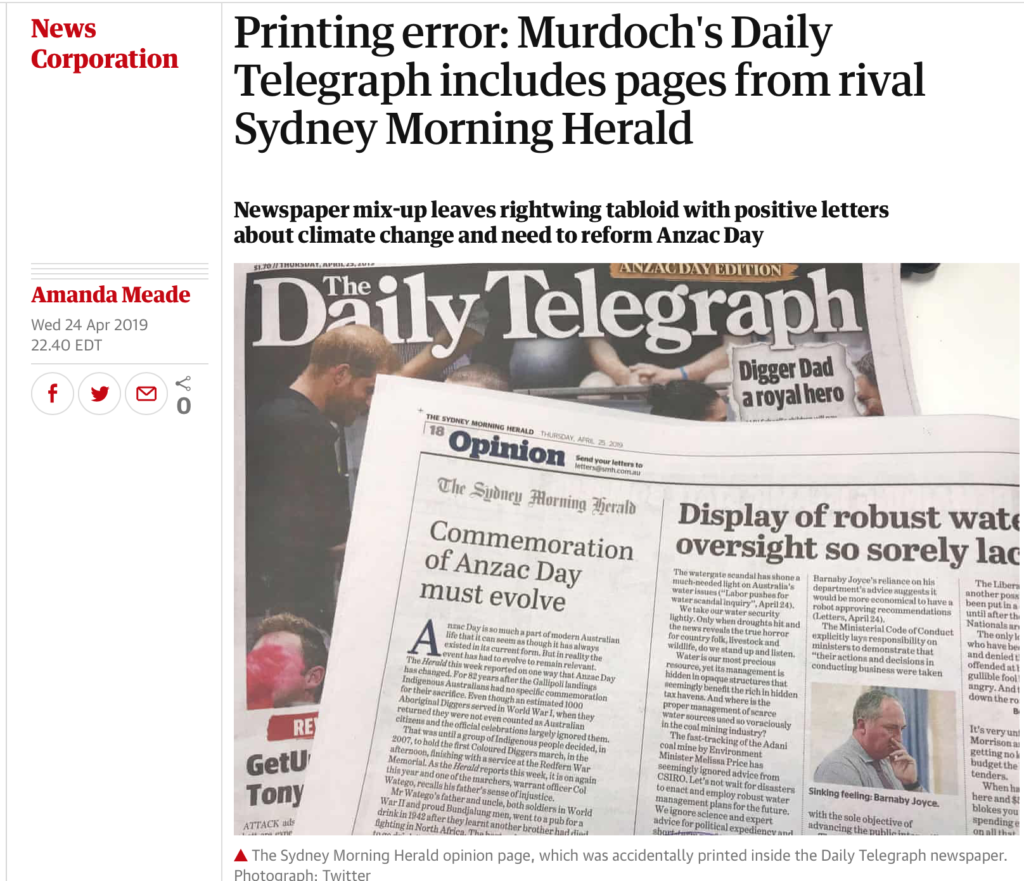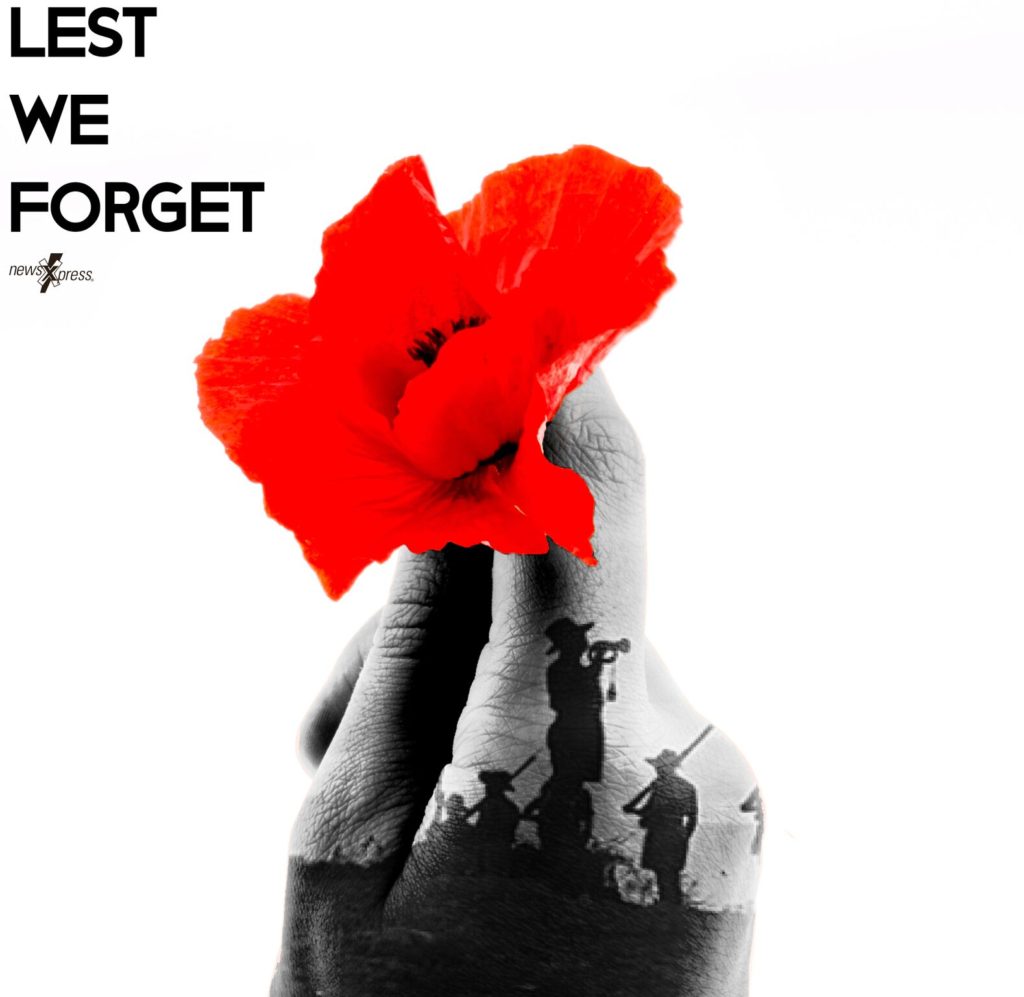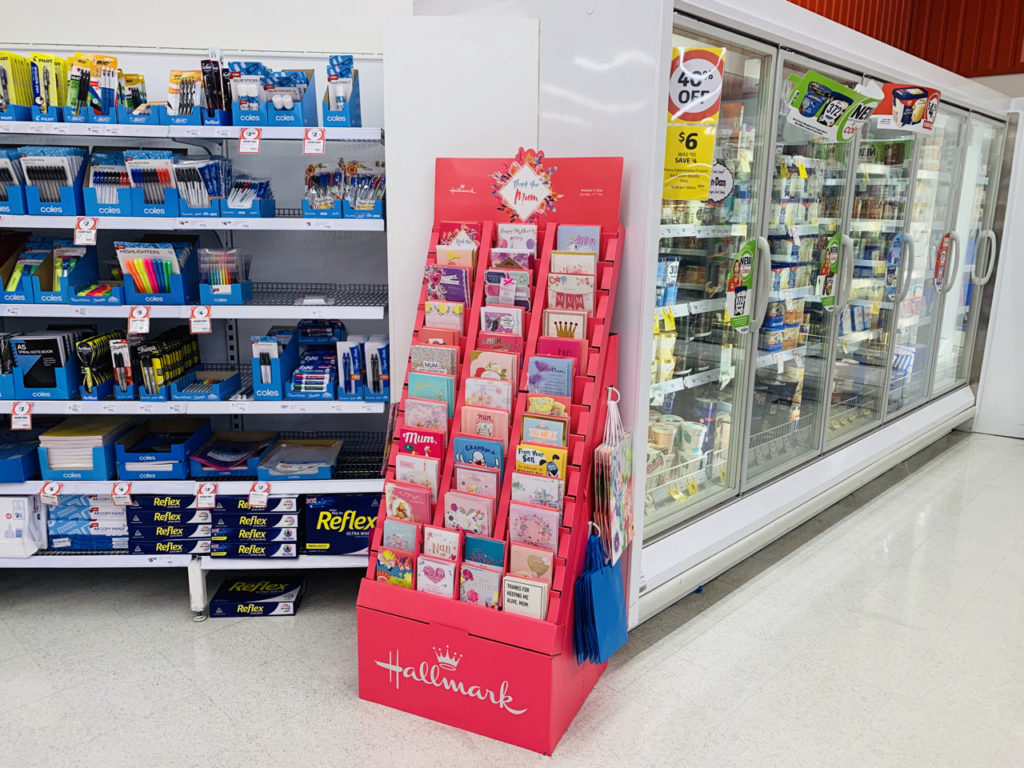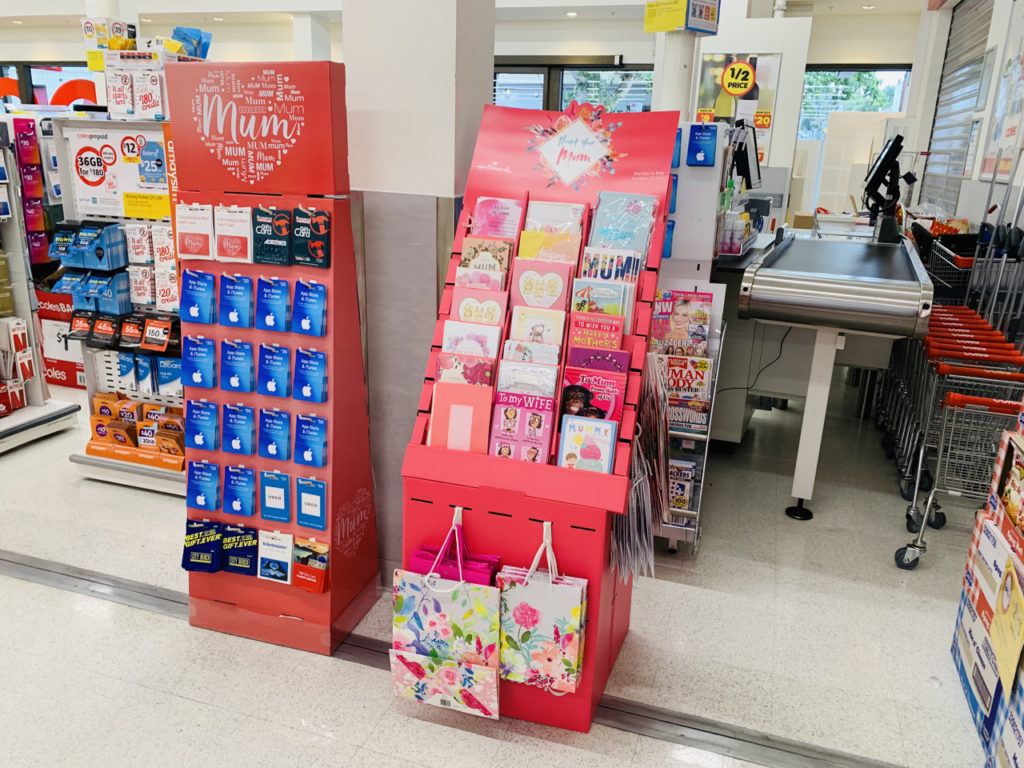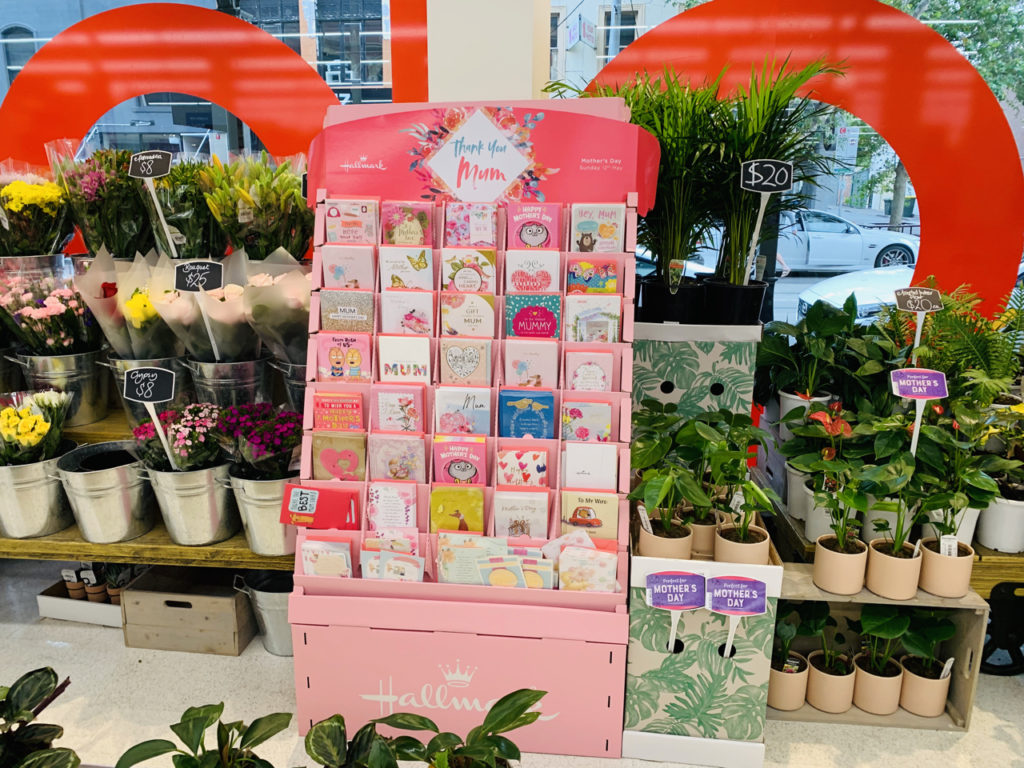I was interviewed last week about indie small business retail in Australia and, in particular, why I am optimistic about the future. I have thought about this a lot as it is a topic prospective retailers often want to discuss.
From a headline perspective, people are not spending less, which is good. The trajectory is good. And while there is debate about what of this spending will be online versus the high street, retail is retail and as long as spending increases, retail businesses will benefit.
Thinking about high street retail. though, I am optimistic for engaged retailers, retailers embracing change, retailers not bound by their four walls.
There is no doubt that we are in a period of significant change. We have the disruption of online, disruption of completely new business models, banking challenges pushing cashless, about costs that force a rethink on shop floor engagement, overcrowding in terms of retail space per capita and more. Change surrounds us.
In this change, when you bundle it all together, is opportunity to explore the business considerably outside its usual four walls and it is in this consideration that I find a key opportunity for optimism.
For when we break free from the expectations of our traditional shingle is when we can find new shoppers and a fresh financial model for our retail businesses that can provide better results and they, in turn, encourage further change.
Change is good. Change drives innovation. innovation is key to better business results.
While there will be collateral damage through the change, those that remain confront wonderful opportunity.
For me, the extent of change is a key cause for optimism because I take change as the opportunity for major change and I’ll back myself as to results from this.
My advice to newsagents is to spend less time of what is traditional for your business and more time playing way outside traditions.
